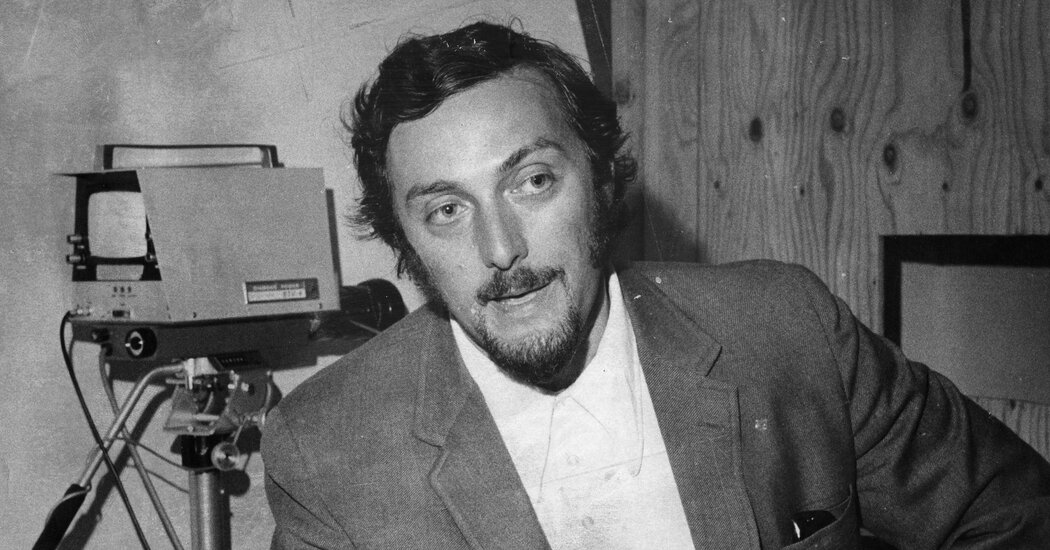His provocative research made him a popular figure on campus. But his exploration of how good people can turn evil raised ethical questions.
Philip G. Zimbardo, a towering figure in social psychology who explored how good people turn evil in the infamous Stanford Prison Experiment, which devolved into chaos after college students acting as guards started abusing other students acting as prisoners, died on Oct. 14 at his home in San Francisco. He was 91.
The death was announced by Stanford University, where Dr. Zimbardo was a professor of psychology for 35 years.
Called the “emperor of the edge” by Psychology Today magazine, Dr. Zimbardo was a clever, flamboyant and always nattily dressed academician whose provocative research interests (power, evil, heroism) made him a popular figure on the Stanford campus.
In 1971, seeking a novel way to study how situations can transform behavior, Dr. Zimbardo set up a prison in the basement of Stanford’s psychology building.
He turned rooms into cells. He made a tiny closet into “the hole” — solitary confinement. And he placed an advertisement in a local newspaper: “Male college students needed for psychological study of prison life. $15 per day for 1-2 weeks.”
Dr. Zimbardo viewed his experiment as a bookend to one that had been performed in the early 1960s by the social psychologist Stanley Milgram, who had been his high school classmate and friend in the Bronx. (Asked once what the odds were that they would have gone to high school together, Dr. Zimbardo replied, “Pretty slim, I’d say.”)
